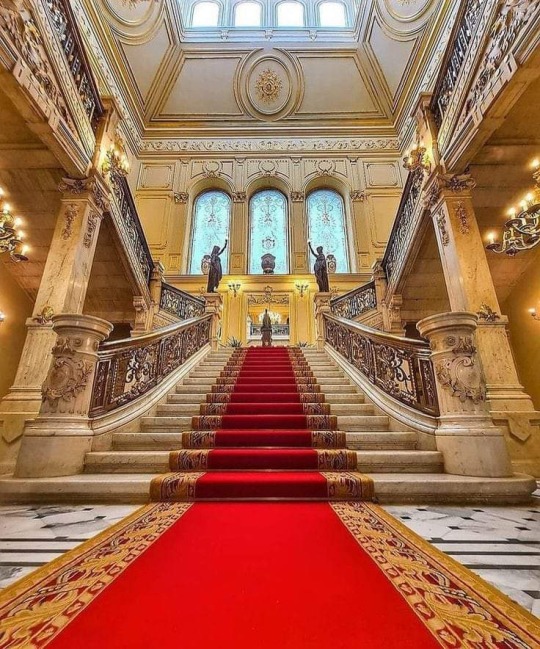#Cairo Museum
Text
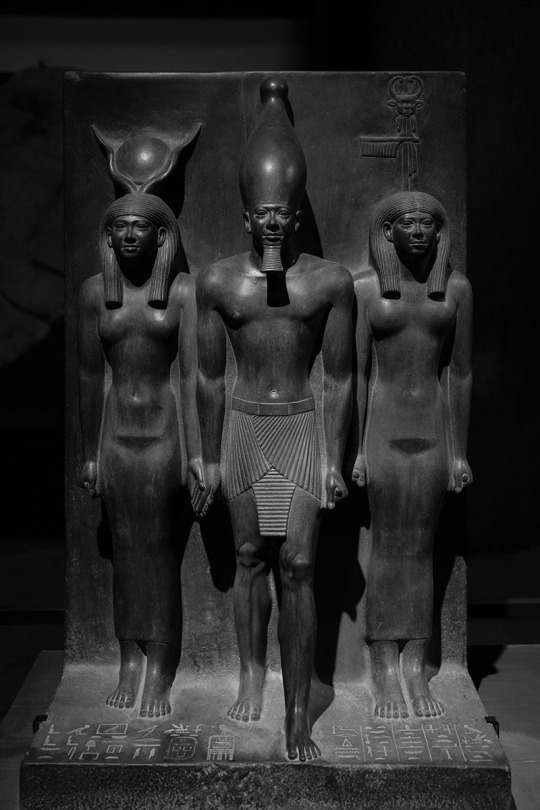
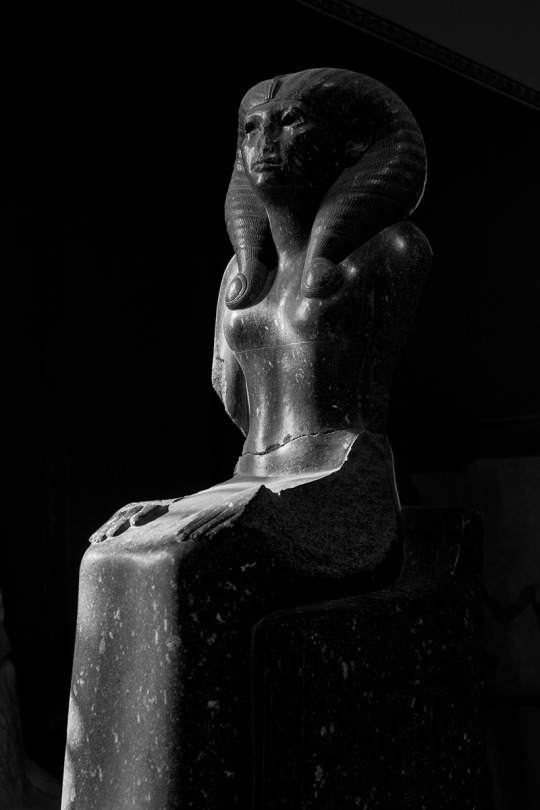

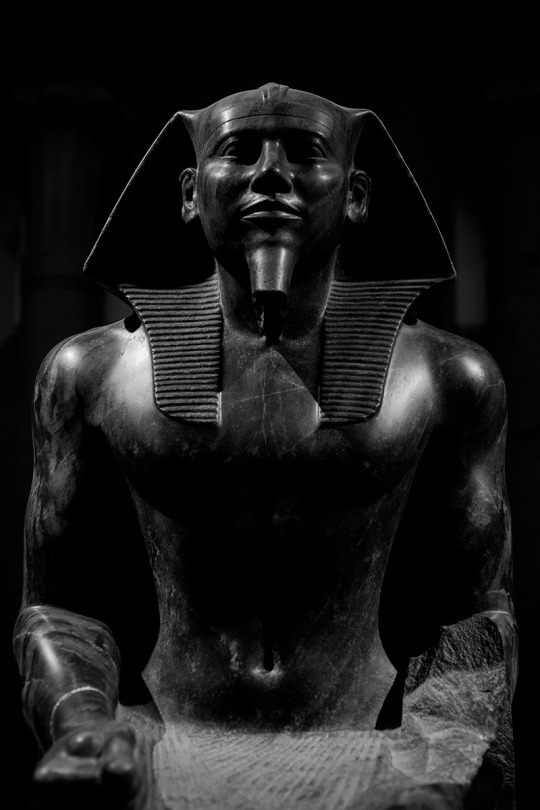
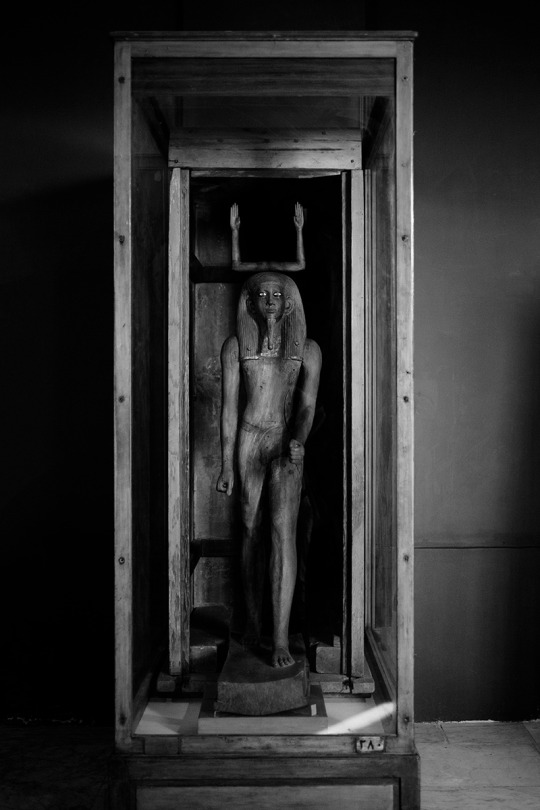
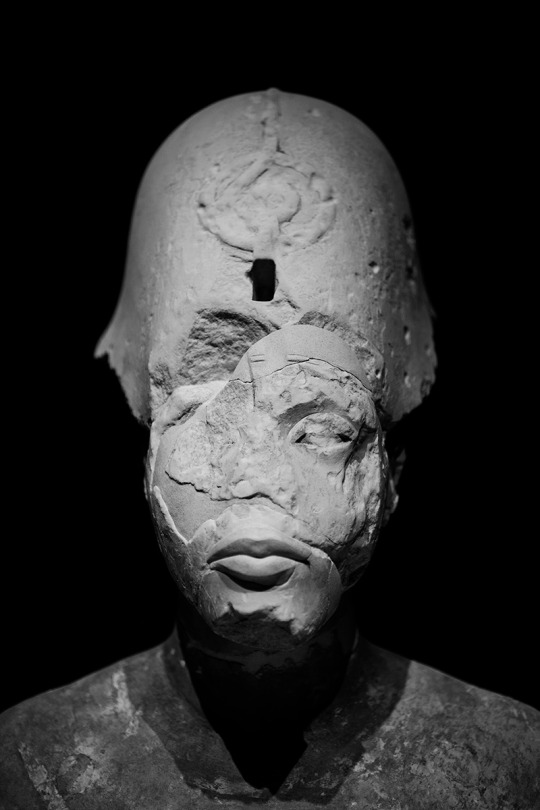
“They Have Already Landed”
(Cairo diary, 2022)
#cairo museum#ancient egypt#black and white#egyptian sculpture#ancient aliens#diary#sculpture photography#ancient civilizations#akhenaten#ka
583 notes
·
View notes
Text

Ramesses, as a child, crouching beneath the protection of Horus
#Ramesses#pharaoh#pharaohs#egyptian pharaoh#Horus#egyptian gods#egyptology#ancient Egypt#Cairo museum#Kemet#Kemetic#Kemeticism
106 notes
·
View notes
Photo

Ostracon with Seth by Heidi Kontkanen
Via Flickr: “God Seth on an ostracon. 19th dynasty, from Deir el-Medina JE 43659 Upper Floor, room 24. Cairo Museum"
176 notes
·
View notes
Text
youtube
What makes a good museum? Is it the lighting? The interpretation? The little cafe that serves delicious teas and pastries? Come along with Cosi and I as we chat about our favourite museums and what makes them so engaging!
#its live baby!#please send it to your sister or weird cousin who likes history#museums#british museum#the louvre#accessibility#borghese#cairo museum#Youtube
58 notes
·
View notes
Text
Egyptian Pharaoh Ramesses II was issued a passport 3,000 years after his death in order for his mummy to fly to Paris.

Ramesses II (c. 1303 BC – 1213 BC), commonly known as Ramesses the Great, is often regarded as the greatest, most celebrated, and most powerful pharaoh of the New Kingdom.
His successors and later Egyptians called him the “Great Ancestor.”
Ramesses II was originally buried in a grand tomb in the Valley of the Kings.
He was subsequently moved many times by priests who feared looters. He spent as little as three days in some places, and the priests recorded their actions on wrappings on his body.
Despite his resplendent wealth and power in life, his body was later moved to a royal cache.
With the passage of time, his sarcophagus was lost to history.
It was re-discovered in a deteriorating condition in 1881. It is now on display in the Museum of Egyptian Antiquities.
It was his poor condition that prompted Egyptian authorities to seek help preserving him in the mid-1970s.
They found their experts in France and reluctantly decided to transport the 3,000 year-old mummy to Paris.
In 1975, Maurice Bucaille, a French doctor studying his remains, said that the mummy was threatened by fungus and needed urgent treatment to prevent total decay.
French laws dictated that entry and transportation through the country required a valid passport.
To comply with local laws, the Egyptian government issued a passport to the Pharaoh.
Seemingly, he was the first mummy to receive one. His occupation was listed as "King (deceased)."
The government didn’t want him to get a passport for publicity but believed it would afford them legal protections to ensure his safe return.
As countless artifacts and mummies have been plundered and stolen from Egypt, museums in Europe didn’t always respect Egyptian claims.
In 1976, his remains were issued an Egyptian passport so that he could be transported to Paris for an irradiated treatment to prevent a fungoid growth.
The New York Times reported on 27 September 1976 that the French military aircraft that brought Ramesses' remains from the Cairo Museum was greeted by the Garde Republicaine, France's equivalent of a U.S. Marine honor guard.
“The mummy was greeted by the Secretary of State for Universities, Alice Saunter‐Seite, and an army detachment.
Ramses II, who ruled Egypt for 67 years, received special treatment at Le Bourget Airport.”
It was then taken to the Paris Ethnological Museum for inspection by Professor Pierre-Fernand Ceccaldi, the chief forensic scientist at the Criminal Identification Laboratory of Paris.
During the examination, Cecaldi noted:
“Hair, astonishingly preserved, showed some complementary data, especially about pigmentation.
Ramses II was a ginger-haired ‘cymnotriche leucoderma'” (meaning he was a fair-skinned person with wavy ginger hair).
He is 5 ft '7 inches tall. They found battle wounds, arthritis and tooth abscess.
In ancient Egypt, people with red hair were associated with deity Set, the slayer of Osiris. The name of Ramesses II’s father, Seti I, means “follower of Seth.”
The examination also revealed evidence of previous wounds, fractures and arthritis, which would have left Ramesses with a hunched back in the later years of his life.
In 2007, it was discovered that small tufts of the Pharaoh’s hair were stolen during the 1976 preservation work (published by the BBC).
A Frenchman named Jean-Michel Diebolt said he had inherited the hair from his late father, a researcher from the team who analysed the mummy.
Deibolt had tried to sell the hair through an online auction for 2000 euros (£1360) but was quickly apprehended by French authorities.
📷 : An artist’s creation of the passport. Image is for representative purposes only. The actual passport is not publicly available.
#Ramesses II#egyptian pharaoh#Ancient Egypt#ancient civilizations#mummy#passport#Valley of the Kings#sarcophagus#Maurice Bucaille#fungus#Paris Ethnological Museum#Pierre-Fernand Ceccaldi#Criminal Identification Laboratory of Paris#Jean-Michel Diebolt#forensics#Museum of Egyptian Antiquities#Ramesses the Great#Cairo Museum#Garde Republicaine
5 notes
·
View notes
Text
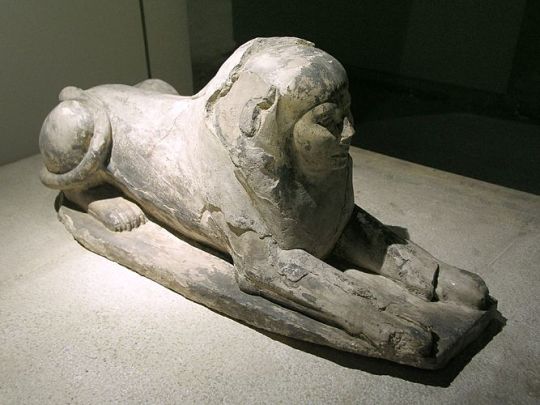
Painted limestone sphinx of Hetepheres II, Fourth Dynasty princess, daughter of Khufu, and wife of Djedefre. Found at Djedefre's pyramid at Abu Rawash; now in the Cairo Museum. Photo credit: Jon Bodsworth/Egypt Archive.
#art#art history#ancient art#Egypt#Ancient Egypt#Egyptian art#Ancient Egyptian art#Fourth Dynasty#4th Dynasty#Old Kingdom#sphinx#sculpture#limestone#stonework#carving#Cairo Museum
59 notes
·
View notes
Text
So we’re all in agreement that the Cairo Museum gets to keep Lizzie’s remains after the funeral, right?
#uk#uk news#queen elizabeth ii#elizabeth ii#queen down#queen dead#egypt#cairo museum#british museum#stolen heritage
31 notes
·
View notes
Photo

(via Tutankhamun the pharaoh of the 18th Dynasty of ancient Egypt.)
#tutankhamun#tutankhamen#pharaoh#gods of egypt#ancient egypt#haward carter#valley of the kings#giza egypt#giza pyramids#cairo#cairo tours#cairo museum#ramses second#ancient history#ancient civilizations#grand egyptian museum#mumies#archelogy#pyramid#pyramids#tomb
2 notes
·
View notes
Photo

In a 1939 BBC broadcast to the world from the Cairo Museum, Rex Keating and his son used modern mouthpieces to play Tutankhamun's 3,000-year-old bronze and silver trumpets.
#Howard Carter#Tutankhamun#Tutankhamun's trumpets#Valley of the Kings#Cairo museum#Egyptology#Egyptian Antiquities Service#1939#BBC#BBC broadcast#Rex Keating#story
5 notes
·
View notes
Text
Cairo Top Tours
You should visit the Egyptian museum.
@cairo_top_tours
0 notes
Photo
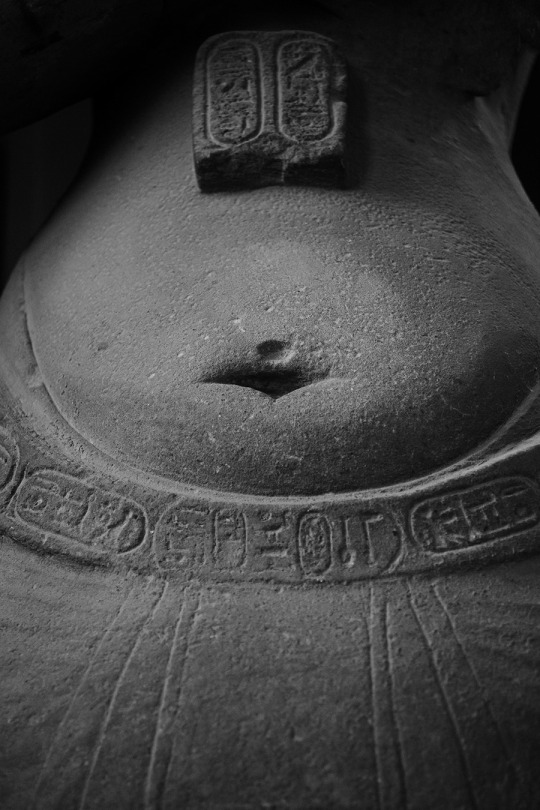

Studies of Akhenaten’s belly button.
(Cairo Diary, 2022)
#pharaoh#belly button#akhenaten#amenhotep iv#cairo museum#egypt#sculpture#echnaton#Ancient Egypt#egyptology#diary#black and white
101 notes
·
View notes
Text
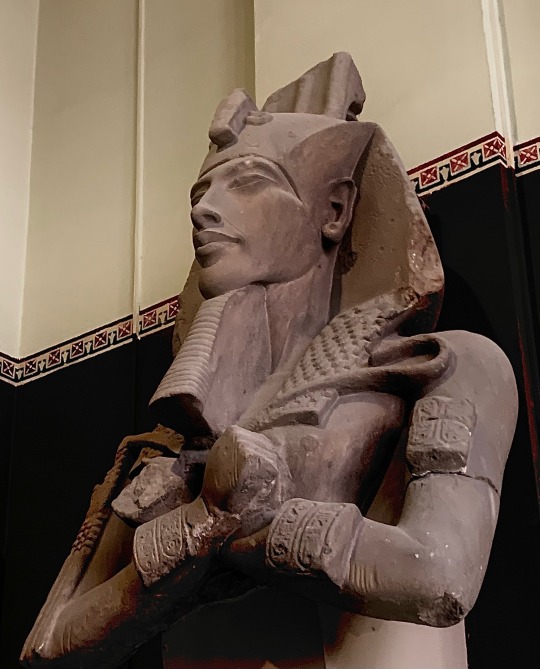
Akhenaten
#akhenaten#akhenaton#egyptian pharaoh#pharaoh#Egypt#ancient egypt#egyptology#Cairo museum#Kemet#Kemetic#Kemeticism
8 notes
·
View notes
Text

Are these Mark Antony and Cleopatra’s twins? "Egyptologist Giuseppina Capriotti of the Italian National Research Council believes a statue in the Cairo Museum depicts the twin children of Mark Antony and Cleopatra, Alexander Helios and Cleopatra Selene... Capriotti noticed that the boy has a sun-disc on his head, while the girl boasts a crescent and a lunar disc. The serpents, perhaps two cobras, would also be different forms of sun and moon, she said. Both discs are decorated with the udjat-eye, also called the eye of Horus, a common symbol in Egyptian art." (The History Blog, 2012)
57 notes
·
View notes
Text

#cairo tours#cairolife#museum#cairo museum#travelling#travel#traveling#aesthetic#sunrise aesthetic#sunrise sunset#sunset aesthetic#aesthetic scenery#aesthetically pleasing#pyramids
1 note
·
View note
Text
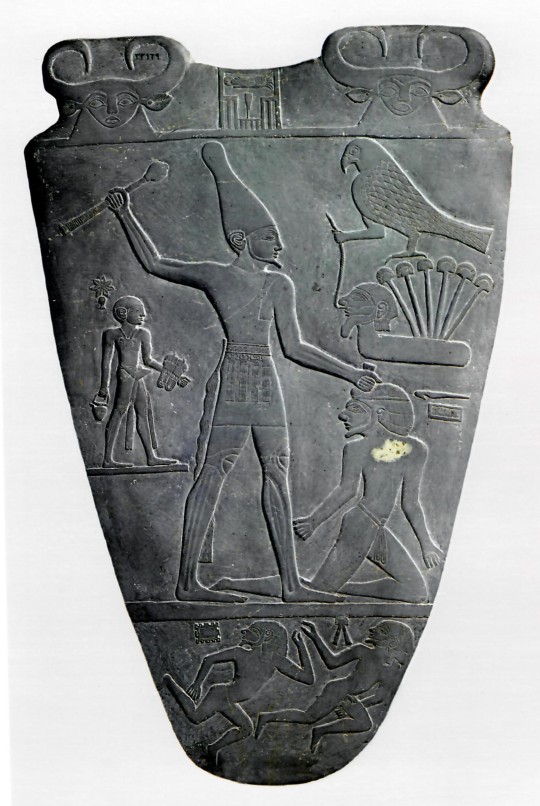
The verso of the Narmer Palette. Narmer, considered by many Egyptologists to be the first ruler of a unified Egypt, stands over a defeated foe and is about to bring his mace down on the foe's head. Narmer is shown here wearing the white crown (hedyet) of Lower Egypt, while on the recto he is depicted with the red crown (desheret) of Upper Egypt, perhaps symbolizing his unification of the two realms. Artist unknown; sculpted ca. 3200-3000 BCE. Found at Hierakonpolis (Nekhen), pre-unification capital of Upper Egypt; now in the Egyptian Museum, Cairo. Photo credit: Heagy1/Wikimedia Commons.
#art#art history#ancient art#Egypt#Ancient Egypt#Egyptian art#Ancient Egyptian art#Narmer#Narmer Palette#Predynastic#First Dynasty#stonework#greywacke#carving#Hierakonpolis#Egyptian Museum#Egyptian Museum Cairo
263 notes
·
View notes
